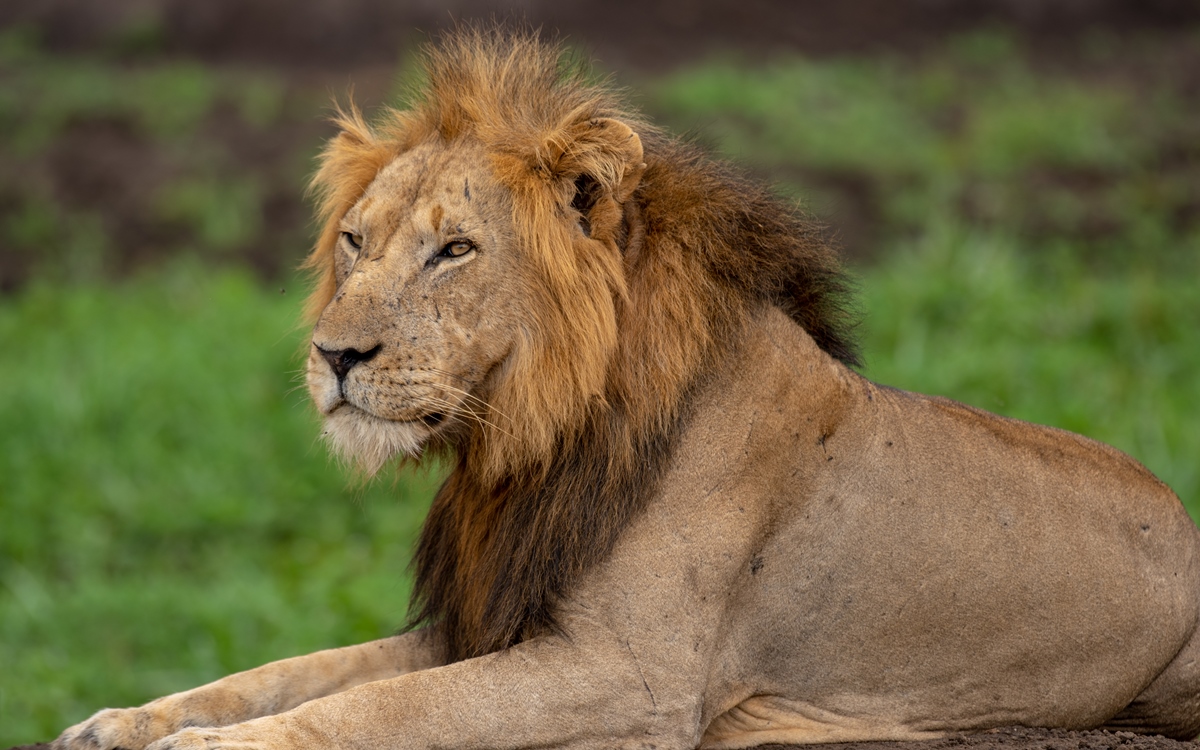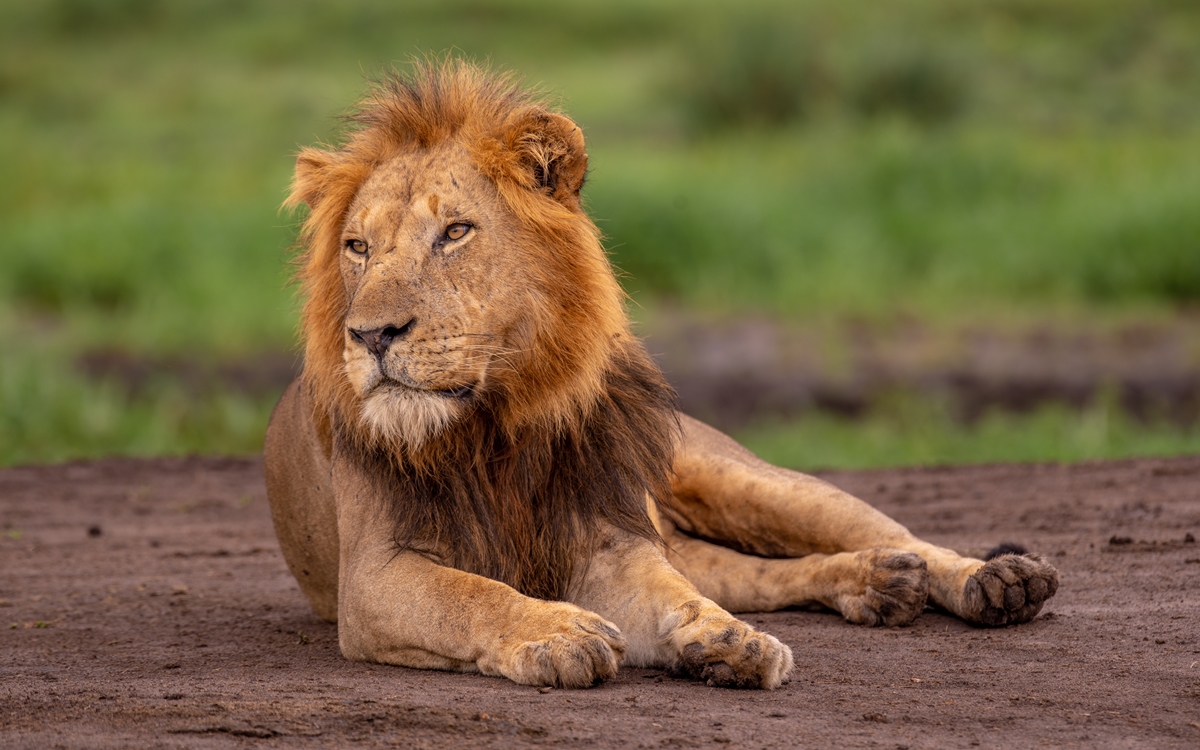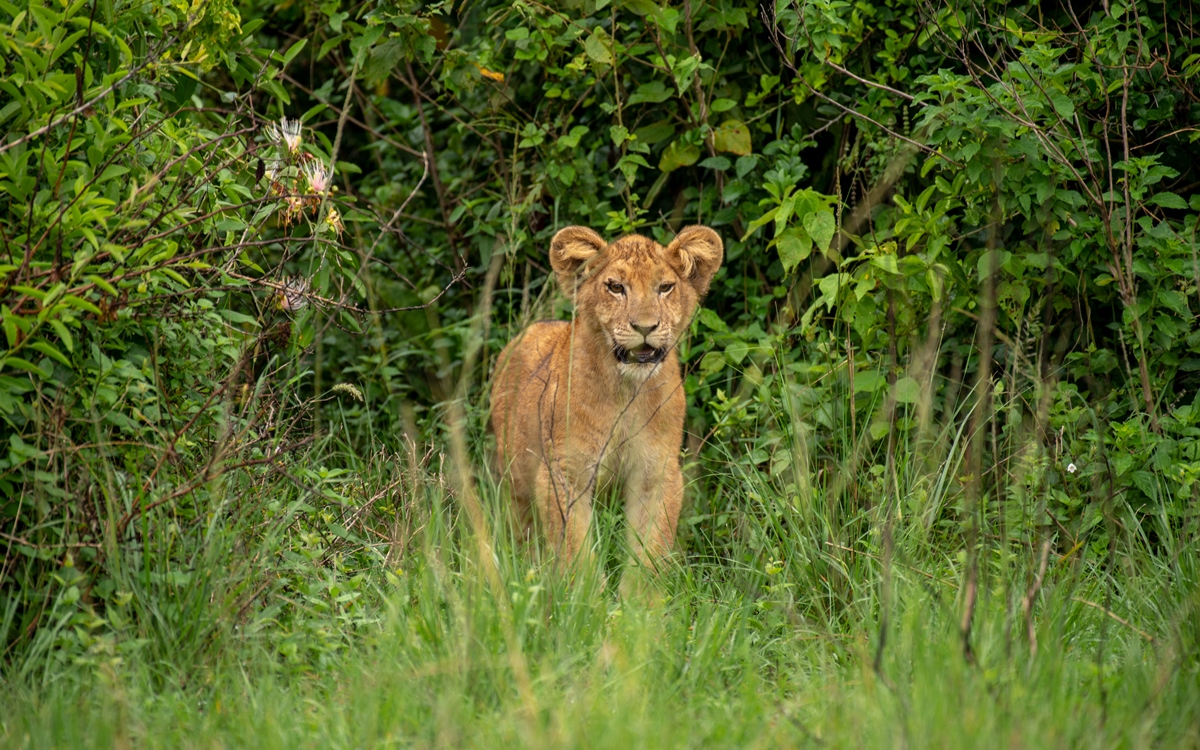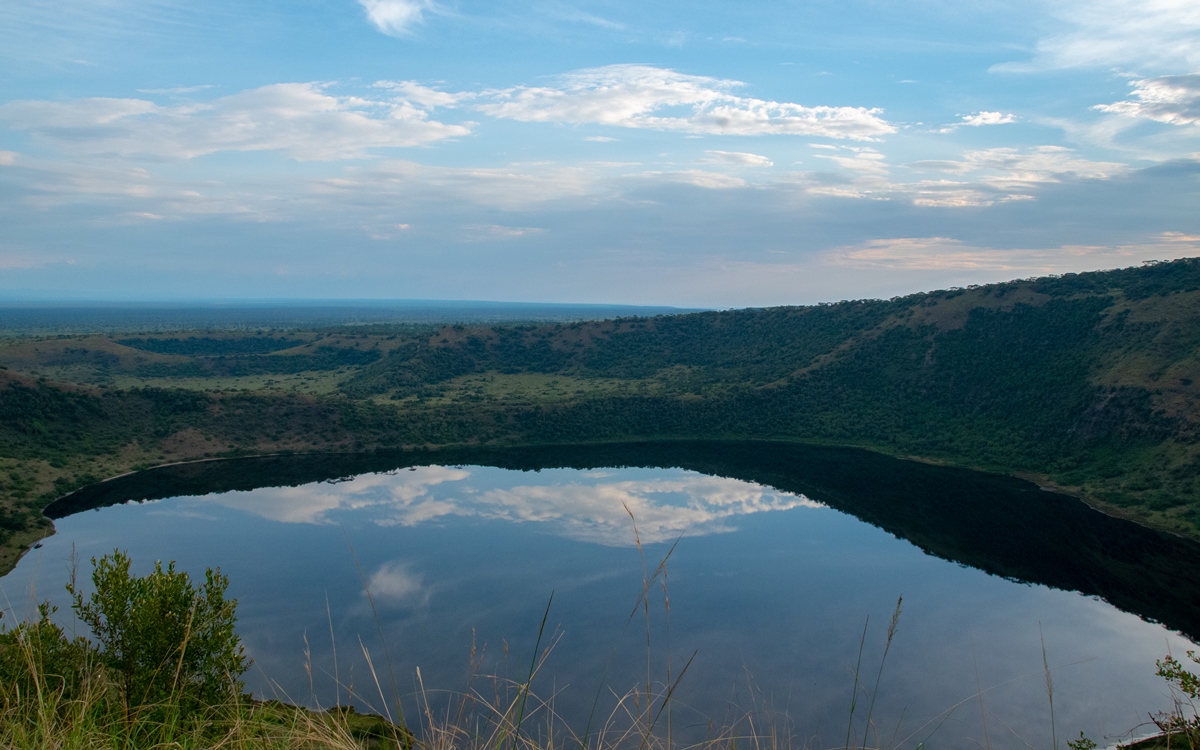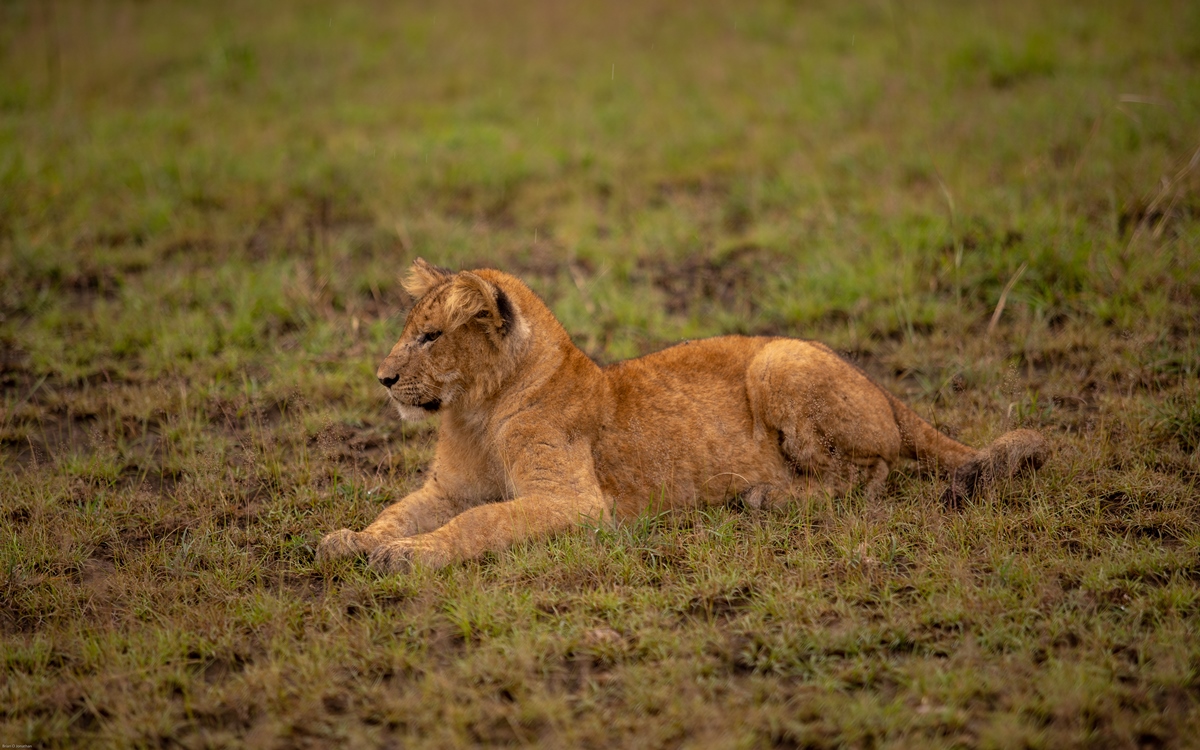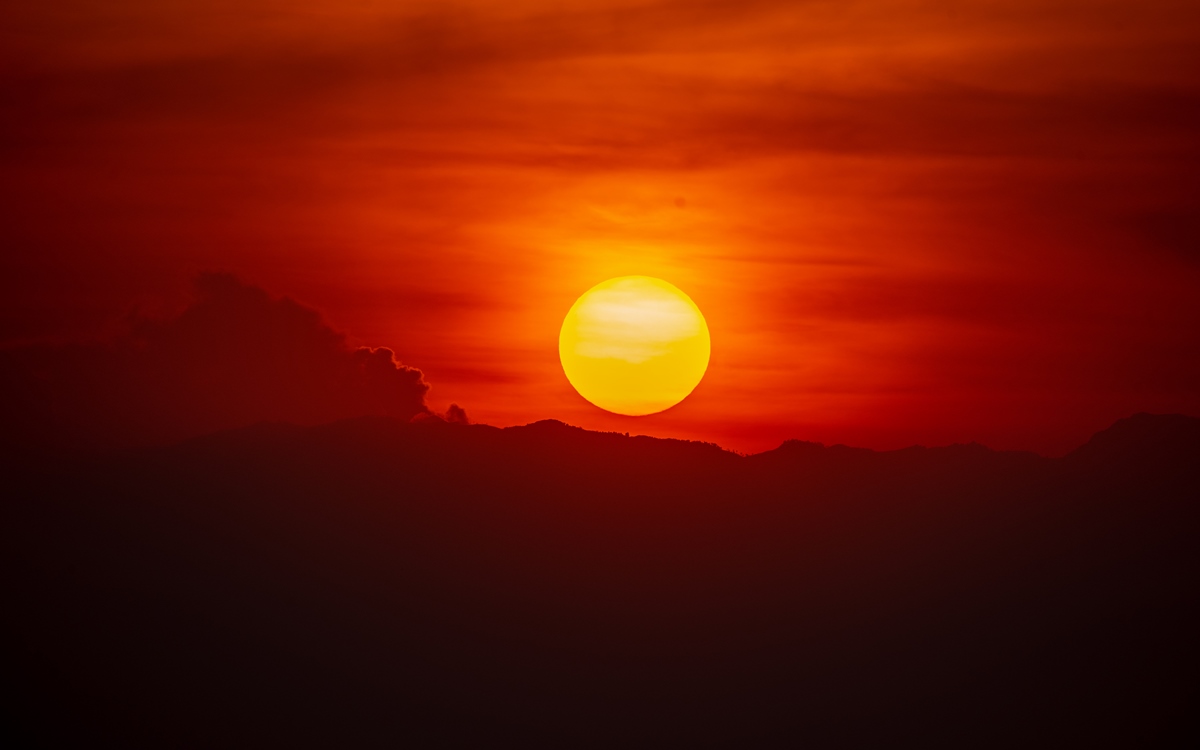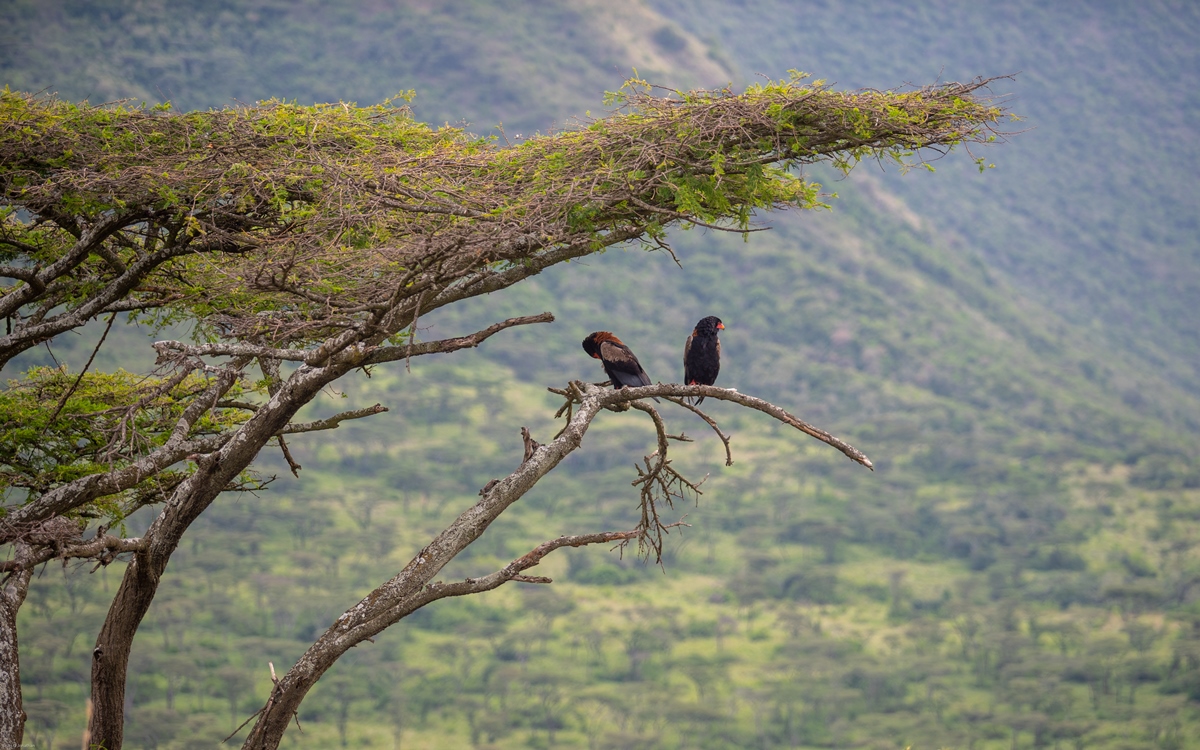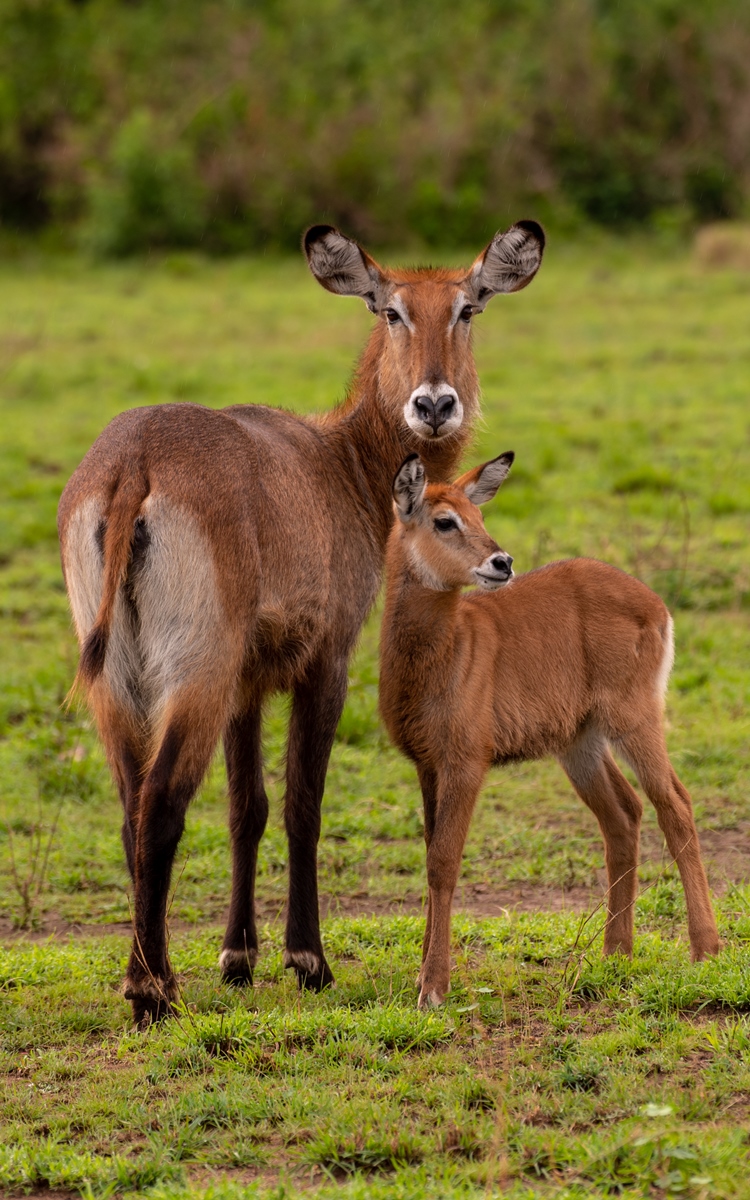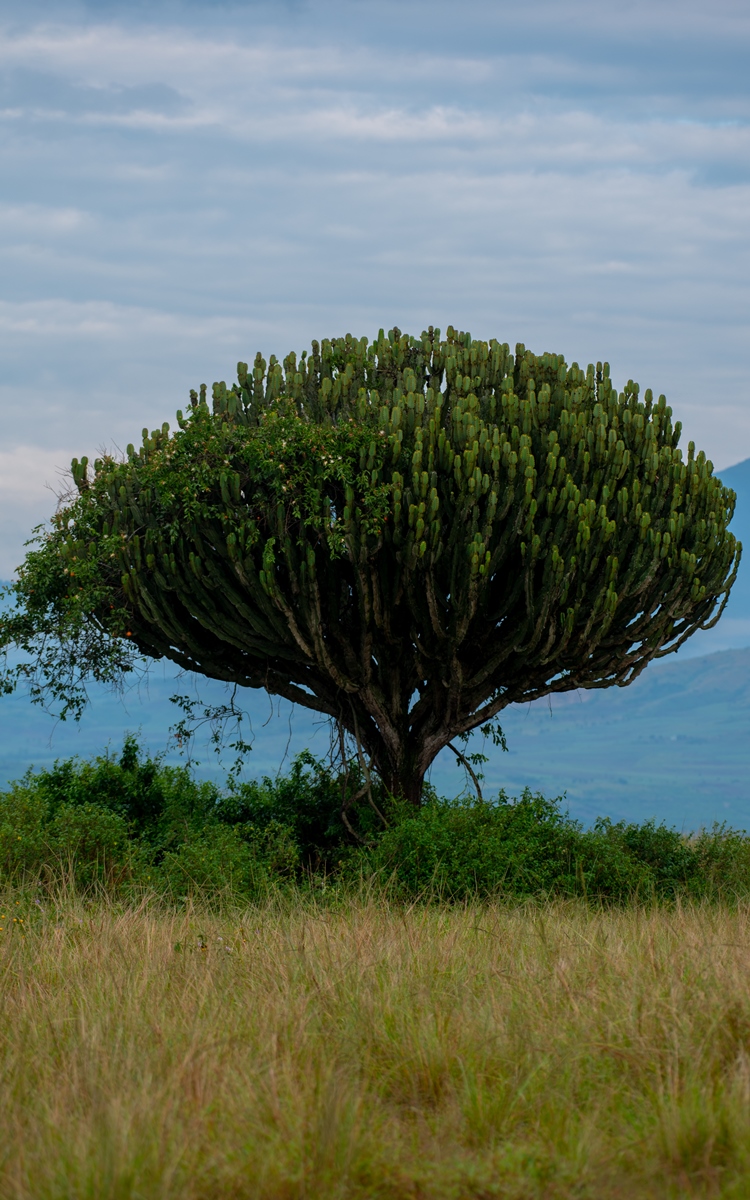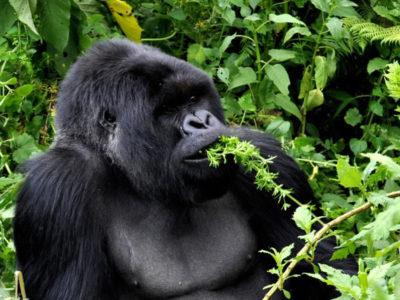Queen Elizabeth National Park | National Parks, Uganda
QUEEN ELIZABETH NATIONAL PARK TRAVEL GUIDE, UGANDA
QUEEN ELIZABETH NATIONAL PARK
Queen Elizabeth National Park is understandably Uganda’s most popular tourist destination. The park’s diverse ecosystems, which include sprawling savanna, shady, humid forests, sparkling lakes and fertile wetlands, make it the ideal habitat for classic big game, ten primate species including chimpanzees and over 600 species of birds.
Set against the backdrop of the jagged Rwenzori Mountains,Queen Elizabeth National park’s magnificent vistas include dozens of enormous craters carved dramatically into rolling green hills, panoramic views of the Kazinga Channel with its banks lined with hippos, buffalo and elephants, and the endless Ishasha plains, whose fig trees hide lions ready to pounce on herds of unsuspecting Uganda kob.
As well as its outstanding wildlife attractions, Queen Elizabeth National Park has a fascinating cultural history. There are many opportunities for visitors to meet the local communities and enjoy storytelling, dance, music and more. The gazetting of the park has ensured the conservation of its ecosystems, which in turn benefits the surrounding communities.
Uganda’s Queen Elizabeth National Park is truly a Medley of Wonders!
History
The area currently occupied by the Queen Elizabeth National Park was previously a grazing area for local Basongora pastoralists. When British explorers Stanley and Lugard toured the area towards the end of last century, both reported the area to have been largely depopulated as a result of cattle raiding (from the Bunyoro and Buganda kingdoms) and epidemics of rinderpest and smallpox. The Basongora social economy could not recover from these events and with the exception of remnant villages around the two lakes, the area was almost completely depopulated. Those who did remain were forced to turn to fishing. These events allowed the game populations to increase and vegetation to change significantly, and played an important role in determining the creation of the national park by the Protectorate administration. In 1906, the area to the north of Lake George was declared a Game Reserve, in order to prevent what some administrators believed to be unregulated hunting by Africans and Europeans and growing pressure for development of cotton and wheat production.
By 1912, the whole of the Lake George and Ishasha areas (Lake George Game Reserve) were declared restricted areas, agricultural and fishing communities moved out to other non-affected areas and the area was largely abandoned. Further outbreaks of sleeping sickness continued up until the mid 1930s. The National Park Ordinance was passed on 31st March 1952 and Queen Elizabeth National Park then, Kazinga National Park was legally gazetted later that year, following intense lobbying by the Chief Game Warden of that time, Bruce Kinloch, and the Governor. As a result, the land area protected within the Lake George Game Reserve area was expanded considerably to include a large area to the east of Lake Edward and Kazinga Channel.
Geography and climate
Queen Elizabeth National Park is located within the Albertine Rift Valley in western Uganda near the Rwenzori Mountains. It covers a total area of 1,978 km2 of hills, plains, forest, and swamp. QENP is continuous with Parc National des Virunga in Congo and therefore forms one of the largest protected area systems in eastern Africa, in the Greater Virunga Landscape. The park has two rainy seasons, from March-May and from September-November, but rainfall varies greatly within the park. The highest is about 1,250 mm per year and occurs in the Maramagambo forest but only about 750 mm per year falls in the area along the Kazinga channel. This probably results from interference with air circulation patterns by the Rwenzoris to the north, and the Kichwamba escarpment to the east.
The area around Queen Elizabeth National Park (QENP) has two pronounced rainy seasons, due to its location on the equator and the annual migration of the Inter tropical Convergence Zone (ITCZ). The onset of the first rains is typically around late February for all four stations. The onset of the second rains is typically around mid-August. There is no significant difference in the duration of the two rainy seasons at any station. There is equally no significant difference in the amount of rainfall received during the two rainy seasons at any station, except for at Kitwe, where more rainfall occurs during the second rains than during the first rains.
Biodiversity
The Queen Elizabeth National Park has been designated a Biosphere Reserve for Humanity under UNESCO auspices. The park, includes a remarkable variety of ecosystems, from semi-deciduous tropical forest to green meadows, savannah and swamps. It is the home of the famous tree climbing lion as well as the Uganda Kob, other antelope species, elephant, baboons, hippos, buffalo and chimpanzees. Over 600 species of birds have been recorded, making the park a magnet for bird watchers. The bird species include the black bee-eater, 11 types of king fisher, Shoebill storks and several species of falcons, eagles and other raptors. In the crater lakes to the north, flocks of flamingos can be found. A favorite way to view the game is by launch trip on the Kazinga Channel between Lakes George and Edward.
Tourism
Tourists can go on Queen Elizabeth national Park Safari any time throughout the year, although conditions in the park are more difficult during the rainy season and it is usually advisable to use 4x4 vehicles to access the park. Available tourist accommodation includes lodges notably Mweya Safari Lodge, Kyambura Game Lodge, Kyambura Gorge Lodge, Enganzi Lodge, Jacana Safari Lodge, Katara Lodge, Ihamba Safari Lodge, and alternative budget accommodation at Simba Safari Camp and the Mweya Hostel.
The major tourist activities in the park include game viewing typically around the kasenyi area and game drives in the Ishasha sector in search of the tree climbing lions, chimpanzee tracking in the Kyambura Gorge and the nearby Kalinzu forest reserve, Launch cruise along the Kazinga channel rewards you with sights of a diversity of bird species as well as wildlife, there are also forest walks in the Maramagambo forest which has a bat cave. Queen Elizabeth national Park is surrounded by communities where cultural interactions are possible.
Seek advice from your local Uganda safari operator on how best you can access the park as well as how to pay for any of the activities you wish to get involved in. For those interested in Chimpanzee tracking, note that the permits are booked at the Uganda Wildlife Authority offices in Kampala and it is on first come first served basis.



